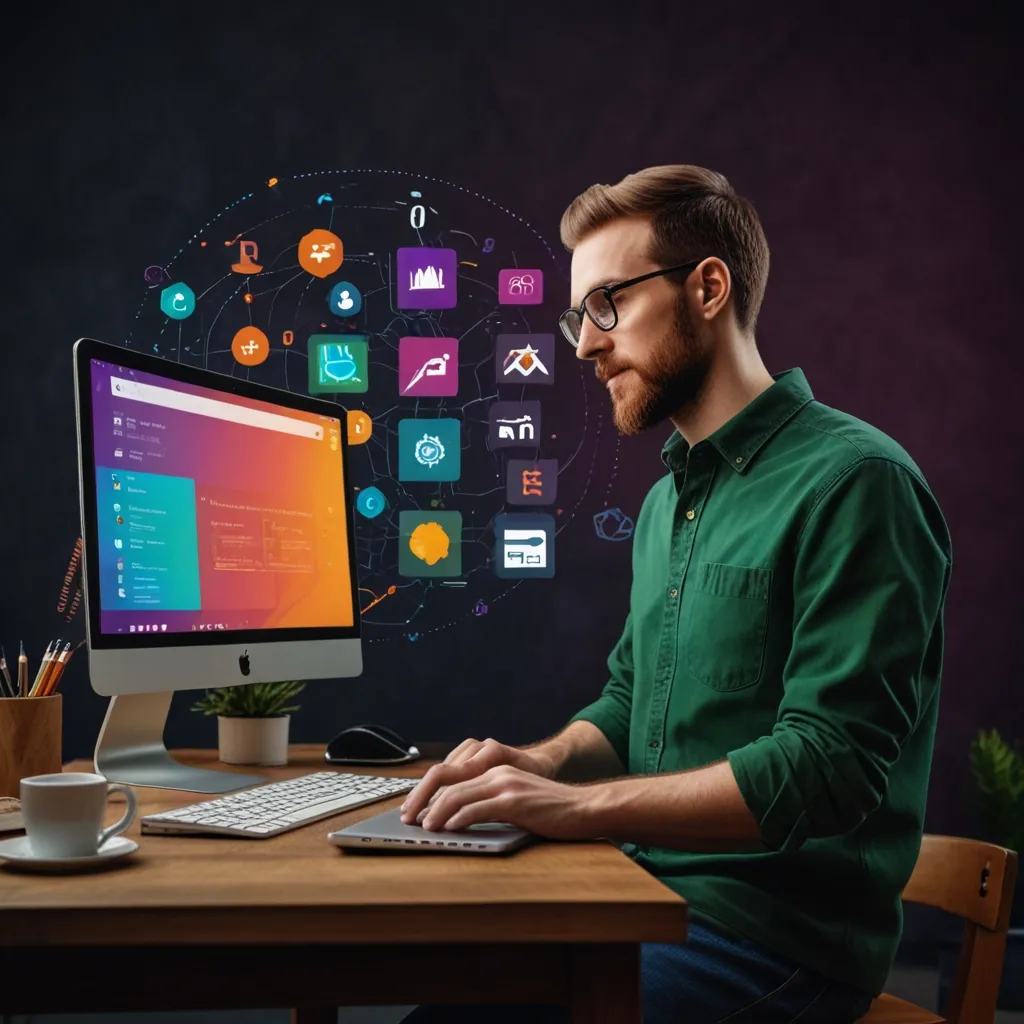Diving into the world of controlling Git functionality through C is like stepping into a universe where you can weave the threads of version control into your custom projects seamlessly. At the heart of this world lies libgit2, a reentrant and cross-platform C library, which arms you with the power to manipulate Git repositories with finesse and sophistication.
Imagine a scenario where your application needs to integrate version control capabilities. Suppose you’re building a tool for developers that aims to streamline their workflow, provide seamless branching, or incorporate efficient version checks. This is where libgit2 comes like a superhero, helping you build high-performance applications that can interact with Git repositories across operating systems without breaking a sweat.
Libgit2 isn’t just a library; it’s an open gate to possibilities. It’s implemented in pure C, ensuring its lightweight nature, and provides bindings for over a dozen programming languages, including Python, Java, JavaScript, and Go. This versatility makes it a darling among developers who crave a uniform version control experience no matter their tech stack.
To get started with libgit2, think about it like laying the foundation for a cross-platform Git client or service. You don’t have to build everything from scratch. Whether your needs range from simple operations like cloning a repository to crafting complex diff visualizations, libgit2 is your sidekick.
Kick off by diving into the important part: initialization. It’s like lighting a campfire at the start of a trip — necessary and foundational. With a call to git_libgit2_init(), you awaken the core functionalities.
#include <git2.h>
int main() {
git_libgit2_init();
// Your adventure begins here.
return 0;
}
Feeling curious? Let’s look at how you can clone a repository with libgit2 and feel the magic of code replication. Imagine you are carrying the essence of a project from the vastness of the internet right to your doorstep, or well, your local machine.
#include <git2.h>
int main() {
git_libgit2_init();
git_repository* repo = NULL;
const char* url = "https://github.com/libgit2/libgit2";
const char* path = "./libgit2-clone";
if (git_clone(&repo, url, path, NULL) != 0) {
const git_error* err = git_error_last();
printf("Error %d: %s\n", err->klass, err->message);
}
git_repository_free(repo);
git_libgit2_shutdown();
return 0;
}
Here’s where the excitement begins — with just a few lines of C code, you’ve cloned an entire repository. Imagine the doors this can open for automating workflows or synchronizing repositories in a bespoke developer tool.
Working with branches? It’s like having multiple timelines in your project’s story, each telling a different aspect of your development journey. With libgit2, managing branches is as thrilling as choosing your own adventure.
#include <git2.h>
void list_branches(git_repository *repo) {
git_branch_iterator *iter;
git_branch_t type;
const git_reference *ref;
if (git_branch_iterator_new(&iter, repo, GIT_BRANCH_LOCAL) == 0) {
while (git_branch_next(&ref, &type, iter) == 0) {
printf("Branch: %s\n", git_reference_shorthand(ref));
}
git_branch_iterator_free(iter);
}
}
I can’t overstate the satisfaction of listing branches programmatically and feeling that control over your version control system. It demystifies the internal workings of Git and gives you the confidence to manipulate your data as needed.
Now, imagine handling repository history. With libgit2, you can traverse through commits, feeling the pulse of your project’s past. Picture it like flipping through an ancient manuscript with ease.
#include <git2.h>
void print_commit_history(git_repository *repo) {
git_revwalk *walker;
git_oid oid;
git_commit *commit;
git_revwalk_new(&walker, repo);
git_revwalk_push_head(walker);
while (!git_revwalk_next(&oid, walker)) {
if (!git_commit_lookup(&commit, repo, &oid)) {
printf("Commit: %s\n", git_commit_summary(commit));
git_commit_free(commit);
}
}
git_revwalk_free(walker);
}
Programming with libgit2 doesn’t stop at these operations; it’s just the beginning of unlocking a toolkit that far extends into merges, stash operations, file system manipulation, and even custom transports.
But why integrate Git into your custom tool? Because version control is more than a necessity; it’s the backbone of modern development. Having these capabilities at your fingertips means tailoring a workflow for performance, convenience, and innovation.
Working with libgit2 sometimes feels like being entrusted with ancient secrets of coding, like you’ve got a hidden map to treasures only seasoned developers know. Yet, the beauty is, it’s accessible — available for newcomers and veterans alike.
Libgit2 is not just for big banks adding version capabilities to financial software or tech companies enhancing their cloud platforms. It’s a library for you, the coder, who dreams of embedding Git into their applications and watching it grow into something wonderful.
In our fast-pacing tech landscape, learning and adapting keeps developers relevant. You ask why explore libgit2? Because it’s a skill, an adventure, and a chance to make your mark in software evolution.
Your technical blog could be the spark for so many developers. By integrating libgit2 into a C project, you demonstrate that the sky’s the limit. Whether as a hobbyist dreaming of the next big thing or a professional adding value to your toolbox, libgit2 is your gateway.
Pick up C, let libgit2 be your guide, and you’ll soon find yourself lost in the beauty of code, crafting stories unborn yet in the world of software. Your journey with Git, through the lens of C, is just beginning, and with each step lies a new horizon of possibilities to explore.
Let your imagination run wild; build something incredible. And as you pen down this adventure in your blog, know you’ve embarked others on a journey just as thrilling, weaving the tapestry of the programming world together.






